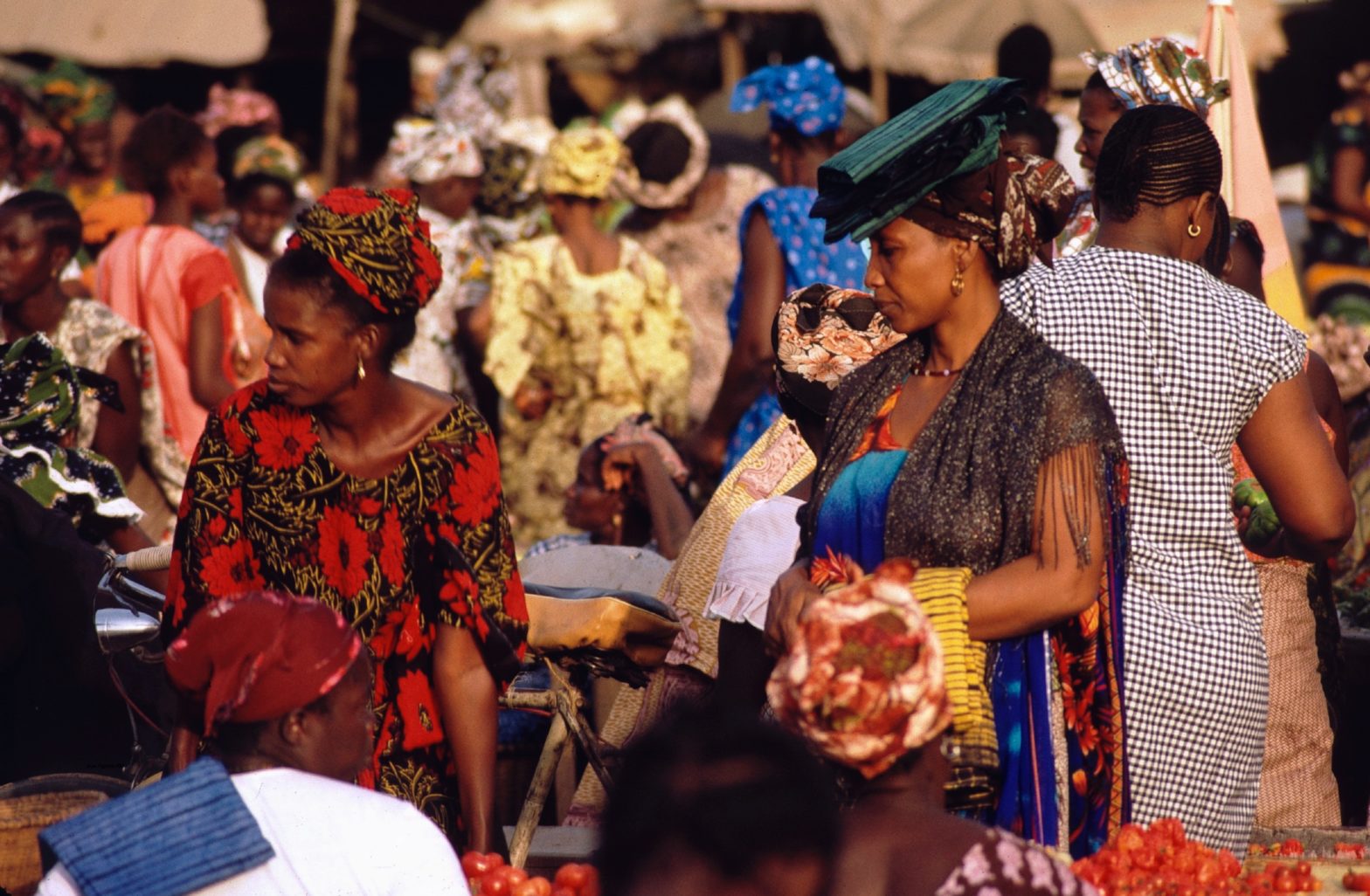On April 4, 2022, the vibrant, west-African nation of Senegal celebrates its 62nd year as an independent nation. The bulk of the Independence Day program is held in Dakar, the capital city. Military personnel and civilians march, there are flags displayed everywhere, and onlookers, who are off from work and school, gather to mark the occasion.
Before France gained possession of Senegal, other European superpowers, including Portugal, Britain and Holland, wrestled for dominance. They were drawn to its beauty, rich resources and its location as a convenient gateway to the New World.
According to Discover Senegal, France “made Senegal an overseas territory,” and Gorée Island, just off the coast, was a launching point during the Atlantic Slave Trade. It’s possible to visit the island, which is a UNESCO World Heritage Site, via ferry from Dakar.
There is a fort on the island called the Slave House, which functions as a museum today. It was, according to the BBC, “one of the warehouses through which Africans passed on their way to the Americas.” Attempts to escape the Slave House would have been nearly impossible, as the surrounding waters were deep with strong undercurrents. Similar to the Door of No Return in Ghana, the sordid history of Gorée Island is palpable for Black visitors. The colorful houses, cobblestone streets and lack of cars provide only a small distraction. Among the island’s most famous visitors were Nelson Mandela and the Obamas.
But there is so much to Senegal outside of slavery. According to Today Tourism, “the earliest known human settlement in Senegal existed over 350,000 years ago,” and it was advanced. Before colonization, Senegal was ruled by a series of kingdoms. Bou El Mogdad, a cruise line operating on the Senegal River, highlights the Djolof kingdom as “the largest and most influential.” Its first bourb, or king, was Ndiadiane Ndiaye.
Compared to other nations, including those within the continent, Senegal is often overlooked. But it has great beaches, pleasant weather year-round, and a layered history. The chief languages are French and Wolof, and it’s beneficial to learn greetings and basic phrases in at least one of these. Teranga, which refers to warmth and hospitality, is a way of life for Senegalese people, and it shows in how they interact with each other. During religious holidays, Muslims, who make up most of the population, share food with Christians and other religious minorities. This giving spirit is extended to outsiders as well, but be sure to do your research on protocol and cultural norms.
Dakar is a multi-ethnic city, peppered with bustling markets, mosques and a booming surfing community. You’ll also find the African Renaissance monument, the tallest statue on the continent. Built in a socialist-realism style, it consists of a man, woman and child looking out to sea. When it was unveiled in 2010, then president Abdoulaye Wade said it was intended to commemorate Senegal’s independence. But there was backlash for a few reasons. It cost a fortune (the equivalent of 27 million dollars), and the partial nudity of the figures didn’t sit right with conservative onlookers. Some critics also questioned how pro-African the sculpture truly was, since it was built by North Koreans.
For all the controversy, the African Renaissance monument makes a bold statement and since it’s perched on a hill, it’s impossible to miss. Climb the steps for a closer look and, for a fee, you can take the elevator to the top of the man’s head. You’ll want to have your camera ready for the sweeping views of Dakar and the sea beyond.





